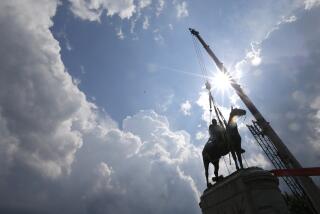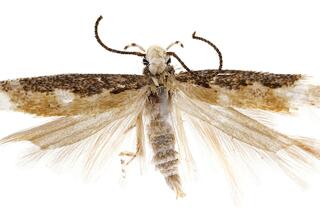From the Mountains to the Sea, Soviets Are Bringing Back Names From the Past
- Share via
MOSCOW — After decades of renaming towns, streets, mountains and collective farms for Communist Party congresses, dead leaders and even subway builders, authorities are beginning to heed public protest and restore the names of the past.
Moscow’s map has changed constantly with 50 years of renaming of avenues, squares and districts. But authorities announced recently that two streets and a subway station will revert to their historic names.
A commission has been established to make sure that other historic names in the capital do not disappear.
The daily newspaper Moskovskaya Pravda and local television said the actions followed news media articles and bundles of letters to authorities protesting the constant renaming and mocking its often absurd results.
Too Many Pushkins
Second Herding Cattle Street, Railcar Repair Street and Incubator Street were among those cited in a recent article by Soviet author Sergei Zalygin.
Another gripe is the unimaginative practice of naming countless collective farms after the October Revolution that brought the Communists to power and its leader, V.I. Lenin. In Moscow alone, the newspaper Trud complained Sunday, there are 20 different “Soviet streets” and 11 roads named after Russian poet Alexander Pushkin.
Names of whole cities change overnight, without the local populace being consulted.
“Take the person who went to sleep in the city of Izhevsk and woke up in the town of Ustinov,” noted Zalygin in his June article in the writers’ weekly Literaturnaya Gazeta.
Renaming Spurred Protest
He was referring to the Russian city of Izhevsk, about 550 miles east of Moscow, which was named for Defense Minister Dmitri F. Ustinov after his death in December, 1984.
Literaturnaya Gazeta said it was flooded with letters after it first printed a protest against the renaming game last January.
Readers suggested that a national red book be published with all the historic names of Soviet towns, the newspaper said. Within each town, they wanted citizens to keep a red book listing historic street and district names.
The books would help preserve names that exist now only in the memories of older citizens.
Old Names Brought Back
The recent decision to change the two Moscow streets and subway station puts three historic names back on the city’s map.
The city’s Metro Builders’ Street, named in the 1930s after those who constructed Moscow’s subway, will now regain its 17th-Century name of Ostozhenka, a reference to the haystacks that once dotted meadows on the spot.
Frunzensky Street, one of five Moscow streets named after Bolshevik revolutionary Mikhail Frunze, will go back to being Khamovnicheski Street. The historic name is associated with Russian writer Leo Tolstoy, whose Moscow home was located there.
More to Read
Sign up for Essential California
The most important California stories and recommendations in your inbox every morning.
You may occasionally receive promotional content from the Los Angeles Times.













